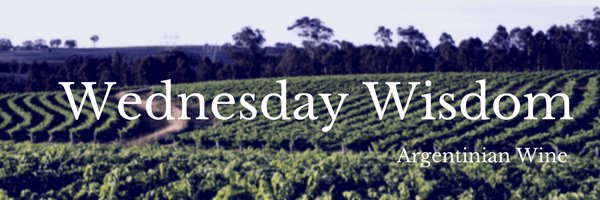
Argentina is best known for the malbec varietal. While malbec originated in France, it was brought to Argentina in 1852 and took off. The altitude and weather of Argentina are ideal for growing malbec. The dry, warmer climate allows for the grapes to retain their flavor and they are not as susceptible to diseases. Of the 500,000+ acres of vineyards in Argentina, 97,000 acres are malbec and malbec accounts for 35% of red wine production.
In addition to malbec, there are several other varietals produced in Argentina. Torrontes is their leading white followed by chardonnay and sauvignon blanc. They also produce cabernet, bonarda, and tempranillo.
The largest, and most famous, wine province in Argentina is Mendoza. Mendoza is roughly the size of the state of New York, but less than 5% of the surface area is planted with grapes. It’s located at the foot of the Andes mountains and the vineyards here are the highest in the country. With the dry climate and constant sun, the grapes fare well here. Of the 1400 wineries in Argentina, nearly 1000 of them are located in Mendoza.
Mendoza may be the most famous wine region in Argentina, but it isn’t the only one. Salta is another major province that grows some of Argentina’s best torrontes. There are also the regions in the Patagonia area – La Pamp, Rio Negro, and Neuquen. The grapes that grow here have thicker skins (because of the wind) making for a more intense color.
While we love malbec, there’s plenty more varietals to explore as it’s a country rich with history and vineyards. Next time you’re in your local liquor store, like Argonaut Wine & Liquor or Corks Wine Store, browse the Argentina section and you’ll come home with a few flavorful bottles!
